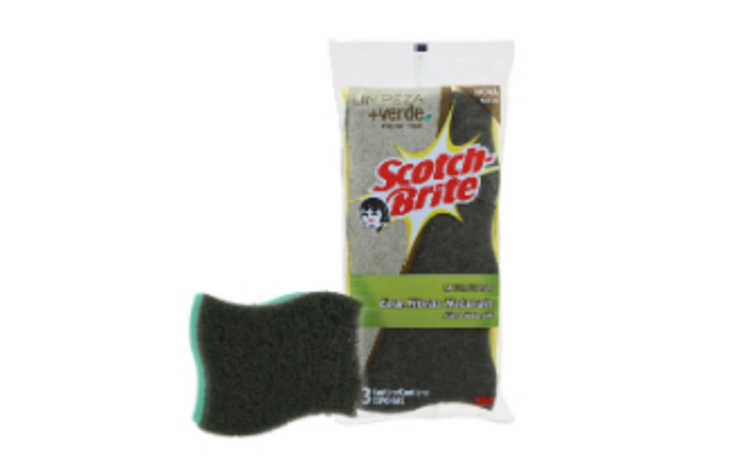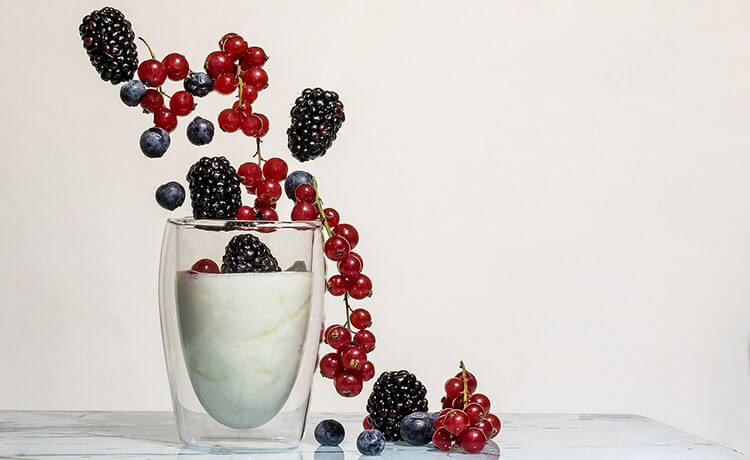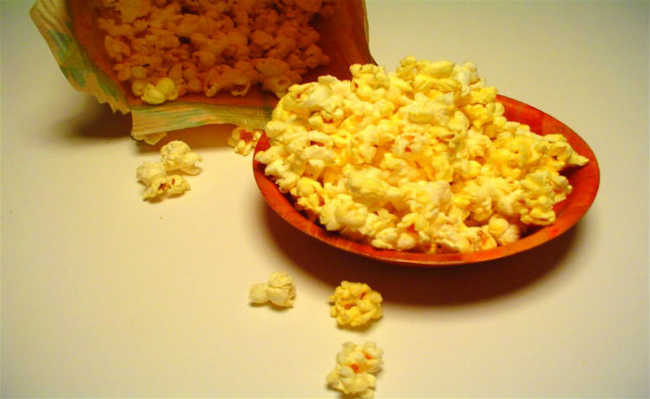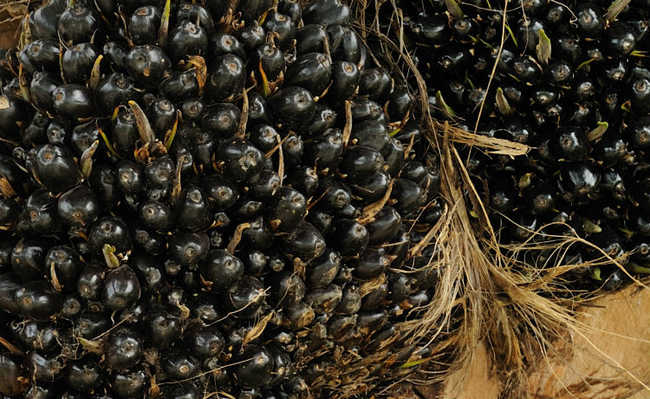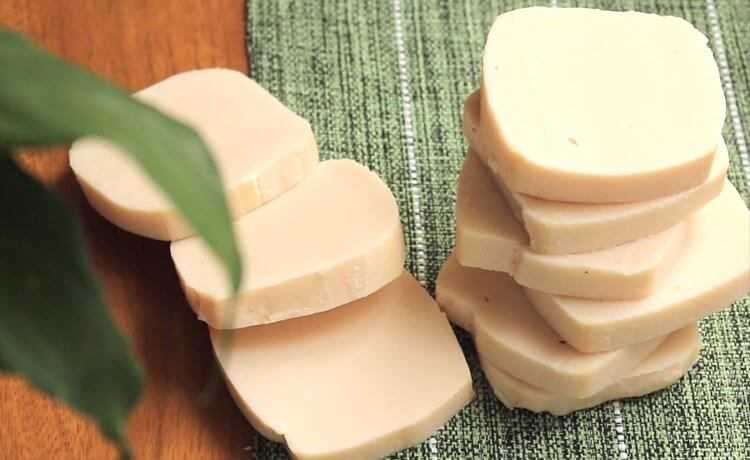How to grow microgreens and why?
Microgreens contain more protein, vitamins and minerals than ungerminated seeds
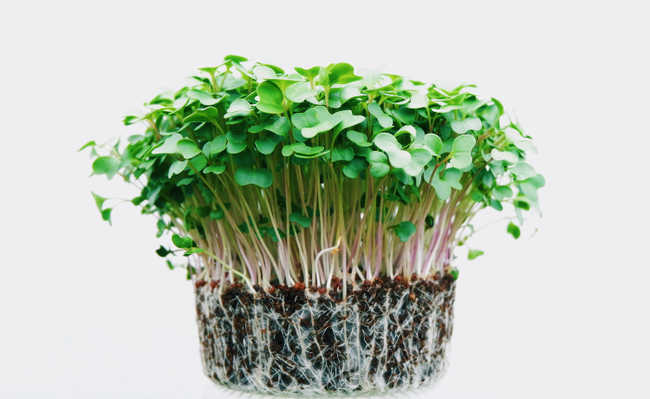
Edited and resized image of Deviyahya is available on Unsplash
Germinate microgreens it is a practice that can be very beneficial to health. When germinated, seeds and grains increase their amount of protein, vitamins and minerals; besides decreasing the amount of antinutrients and improving its digestibility. Check out:
How it works
to cultivate microgreens , in general, you must first soak the seeds for up to 24 hours. After this step, it is necessary to drain all the water from the sauce and sprinkle it with fresh water for a few days.
- Sunflower Seed Has Amazing Benefits
Grains and legumes such as sunflowers, buckwheat, beans, chickpeas and lentils can be cooked and added to dishes or ground and added to the flour used for various purposes, such as baking. The germination process increases the concentration of various nutrients and decreases the amount of antinutrients.
- Beans: benefits, contraindications and how to do it
- Scientifically Proven Chickpea Benefits
- Lentil: benefits and how to do it
- Buckwheat: what it is and properties
Increases the amount of nutrients and digestibility of grains
Whole grains and pulses are rich in fiber, B-complex vitamins and important minerals, including iron, zinc and magnesium (see studies on this: 1, 2). They also contain a good amount of protein, which is essential for growth, development, immune function and general health (see study about it here: 3).
But according to a study published by the platform PubMed, germination can further increase the amount of amino acids (proteins) and the bioavailability of vitamins and minerals. Another study showed that, compared to un-sprouted bean seeds, cowpea sprouts have four to 38 times more vitamin C, nine to 12% more protein and 20% greater digestibility.
Another study showed that sprouting buckwheat seeds significantly increased levels of antioxidants, proteins, flavonoids and nutrients; and decreases antinutrients.
- Ten high protein foods
- Your brain loves magnesium, but do you know it?
- What are amino acids and what are they for
Also, germinate microgreens can reduce the amount of gluten in grains, which can make them easier to digest, especially for people sensitive to gluten, according to the study.
- What is gluten? Bad guy or good guy?
Decreases the amount of antinutrients
Phytic acid, lectins and protease inhibitors are compounds found in grains and legumes that reduce the ability to absorb nutrients, and are therefore called "antinutrients" (see study on this: 4). Germinate microgreens these grains, on the other hand, can reduce the content of the antinutrient phytic acid by up to 81% (see studies about 4, 5).
Another study found that germinate microgreens it decreased lectin levels by 85% and protease inhibitors by 76%. This process can increase the absorption of important proteins and minerals, such as iron, zinc, calcium, magnesium and manganese (see study about it here: 5).
- What are iron rich foods?
Increases satiety and helps you lose weight
If you are overweight, starting to sprout sprouts at home for your own consumption can be a way to start catching up on your health. You microgreens they are rich in fiber, which increase satiety and help with weight loss (see study about it here: 6).
- Fiber-rich foods fight diabetes and high cholesterol
- What is dietary fiber and its benefits?
They also contain a good amount of protein, which reduces appetite and calorie intake (see study about it here: 7). In addition, a study carried out with 1,475 people showed that those who regularly consumed beans had lower body weight and waist circumference than those who did not have this habit. Bean consumers still had a 23% lower risk of increased waist size and 22% lower risk of obesity.
- If US residents traded meat for beans, emissions would be drastically reduced, research says
Improves blood sugar levels
The fibers present in the microgreens they also help control blood sugar, slowing the absorption of glucose into the bloodstream, which prevents spikes and drops in blood sugar levels (see study on this: 8).According to a study of 11 people, consumption of sprouted rice for six weeks significantly reduced blood sugar levels compared to white rice. Other studies have also found a connection between consumption of sprouted legumes and whole grains and better blood sugar control.
Growing microgreens is good
You microgreens they can be cooked and used in soups, stews, sauces and risottos. Raw, they go perfectly with salads and snacks. The home cultivation of microgreens it is also a way to ensure organic food is always on hand, save trips to the market and avoid disposable packaging.
The history of microgreens
In the 90s, chef Charlie Trotter was looking for plants that could bring something new in terms of taste and aesthetics to his customers. On his journey, he met a farmer named Lee Jones, who grew vegetables in an unusual way - even before they reached the final point of growth, he collected them. It was then that Trotter found the innovation he was looking for and, over time, the novelty spread to the point where the microgreens are common in renowned California restaurants and are a worldwide success.
But what are they anyway?
One microgreen it is nothing more than an edible vegetable sprout - it can be a vegetable, aromatic herb, vegetable, etc. Its name “micro” is due to its size, which varies between 5 to 10 centimeters (from the leaf to the root). You microgreens they are surprising in terms of taste and are used, in aesthetic terms, to intrigue customers, not to mention that they are good for your health.
Small vegetables should not be compared to sprouts, as these are the first stage of a plant's life - sprouts do not need to be germinated in the ground, they need a lot of moisture and little light. already the microgreens are considered the second stage of a plant's development and need soil or a soil-free substrate, in addition to the presence of sunlight to develop. In relation to the sprouts, its growth is a little bigger - it goes to the cotyledons (considered as embryonic leaves because they are present in the seeds before germination).
Benefits
O Journal of Agriculture and Food Chemistry published a study comparing the nutrient level of small vegetables compared to the same adult vegetables. Researchers of the University of Maryland College of Agriculture and Natural Resources (AGNR) and of the United States Department of Agriculture (USDA) found vitamins C, E, K, the carotenoids beta-carotene and lutein in 25 microgreens of coriander, celery, red cabbage, basil and arugula.
The conclusion is that small vegetables have four to 40 times more nutrients than the same vegetables in their final stage. This result is so surprising that the survey was analyzed several times. Researcher Qin Wang, assistant professor and PhD at University of Maryland inCollege Park said, in an interview with WebMD Health News that "the microgreens they are harvested right after twinning because all the nutrients they need to grow are there, and if they are harvested at the right time, there is a high concentration of nutrients, which contributes to the taste and texture.”
In addition to all the positive characteristics already presented, another great advantage is the possibility to create and cultivate microgreens in your home, even if you live in an apartment. That way, you don't spend money and avoid consuming vegetables with pesticides.

